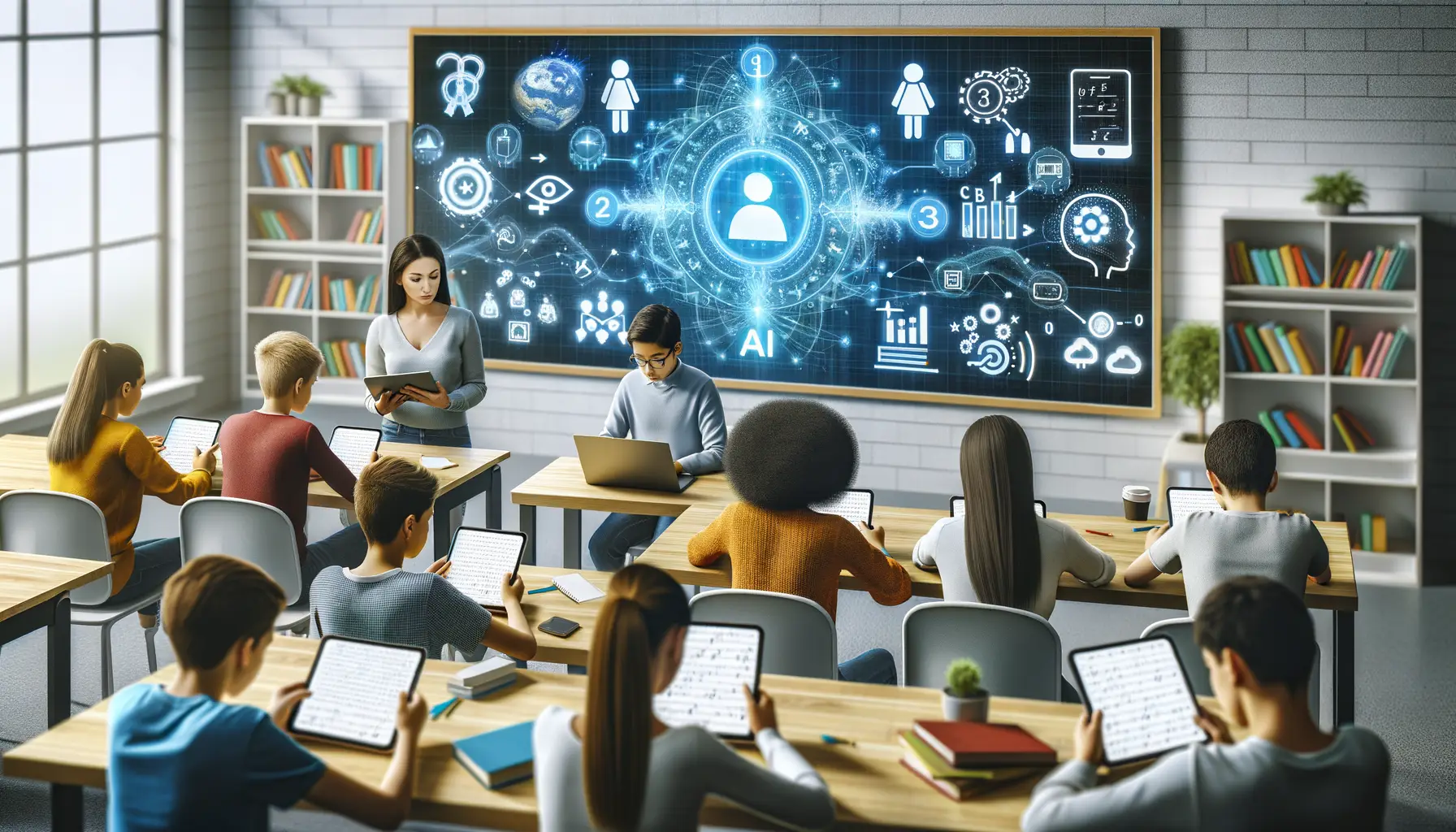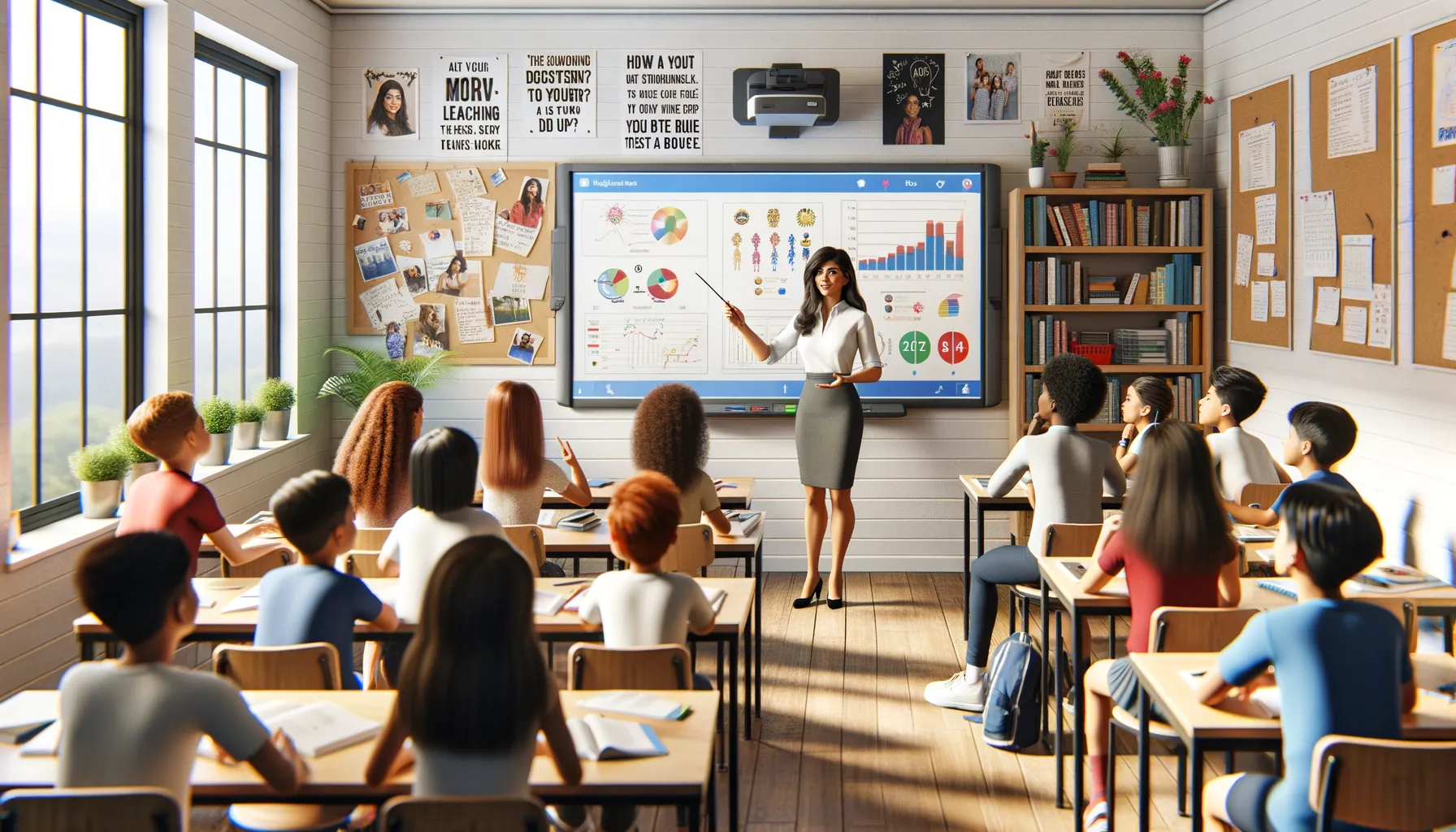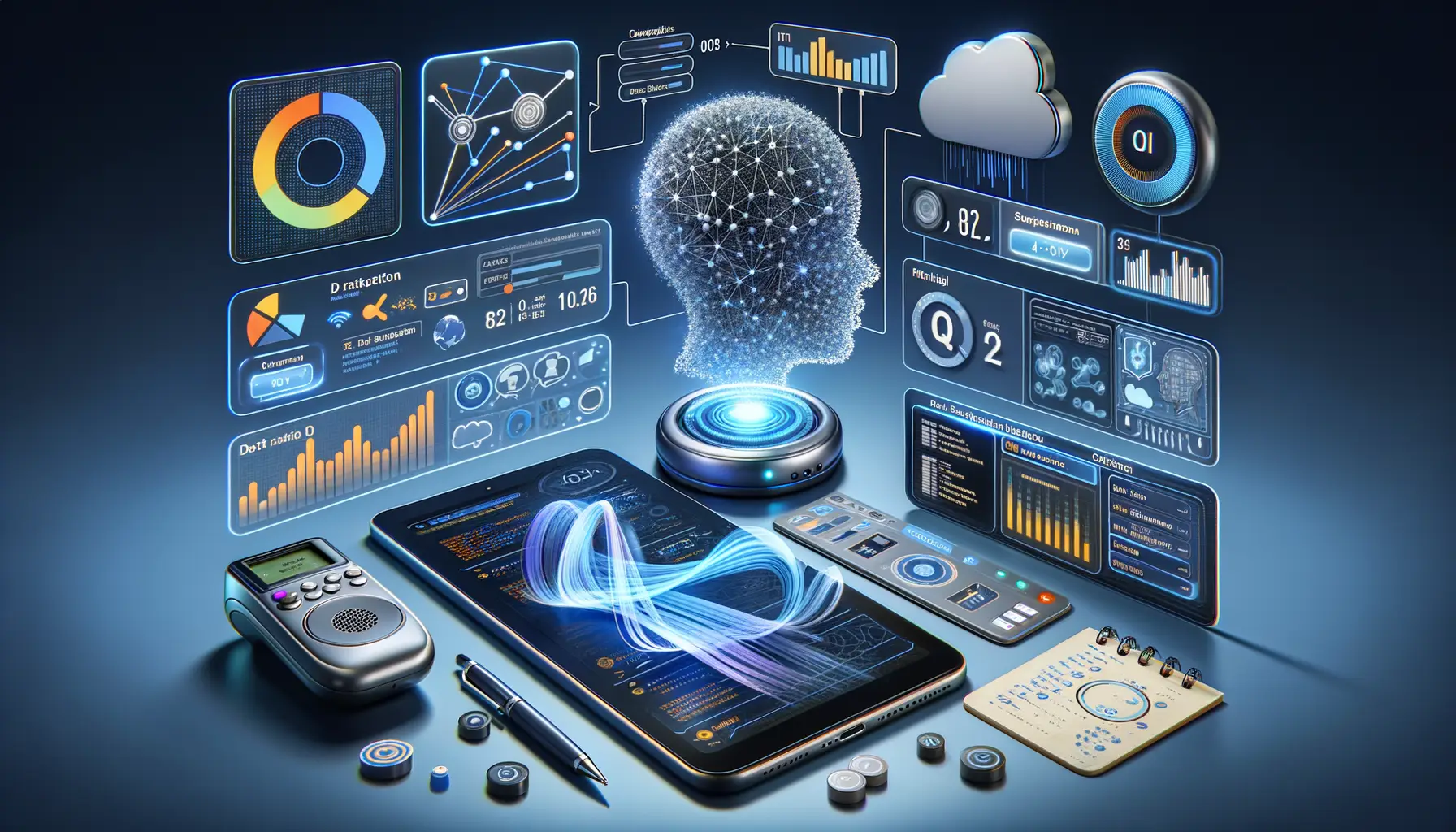Understanding Adaptive AI Tutoring
What Makes Adaptive AI Tutoring So Unique?
Picture this: a tutor who knows your learning style better than you do, adapts to your pace like a dance partner, and never gets tired. That’s the magic of Adaptive AI Tutoring. Unlike traditional one-size-fits-all teaching methods, this technology tailors every lesson, quiz, or practice session to the unique needs of each student—whether they’re flying through algebra or wrestling with verb conjugations.
How does it work? By analyzing how students interact with content in real-time. Struggling with fractions? The system automatically adjusts to provide extra explanations and practice. Breezing through geometry? It shifts gears to keep you challenged.
A Tutor That Evolves With You
Here’s where it gets even cooler: adaptive AI learns about YOU over time. Let’s say you tend to lose focus after 20 minutes—it might break lessons into shorter chunks. Or if you respond well to visual aids, it amps up the animations. Simply put, it reshapes itself as your skills grow, your preferences change, and your journey unfolds.
Key Benefits of Adaptive AI in Education

Personalized Learning That Feels Like Magic
Imagine a classroom where every student feels like the lesson was crafted just for them. That’s what adaptive AI does—turns education into a tailored experience. For students struggling with algebra or acing grammar, this technology adjusts in real time, offering exactly what they need to grow.
Here’s why that’s game-changing:
- Custom-tailored content: Students aren’t stuck following a one-size-fits-all curriculum. Instead, the AI analyzes their strengths and weaknesses and delivers lessons or exercises that fit like a glove.
- Immediate feedback: Gone are the days of waiting for marked papers. Adaptive AI offers instant corrections, examples, and encouragement, guiding students step-by-step toward understanding.
- Learning at their own pace: No more rushing through material or feeling left behind—AI ensures students can linger, review, and master topics without pressure.
More Than Just Smarts: Building Confidence
One of the hidden superpowers of adaptive AI is its ability to boost confidence. Imagine a student tackling a tough math problem. Instead of an intimidating red “X,” the AI provides suggestions, simplifies concepts, and celebrates small victories along the way. These micro triumphs stack up, turning anxiety into curiosity and doubt into determination.
For teachers, it’s like having an extra pair of hands (or several). They can focus on mentoring and creativity while AI handles the heavy lifting of tracking progress, identifying gaps, and ensuring no one falls through the cracks. It’s not just smart—it’s empowering, compassionate, and game-changing for everyone involved.
Challenges and Considerations for Implementation

Unpacking the Hurdles in Adoption
Implementing adaptive AI tutoring into educational systems isn’t just flipping a switch—it’s more like reengineering an intricate clock where every cog has to align perfectly. First off, there’s the challenge of data quality. For an AI system to truly “get” your learners, it needs reliable, diverse, and representative datasets. But let’s face it—how often are schools swimming in pristine data pools? Missing records, inconsistent grading scales, or limited access to technology can rear their heads at the worst possible times.
Another curveball? The dreaded integration woes. Schools may already be juggling several digital platforms. Adding an AI tutor might feel like inviting yet another mismatched puzzle piece to the party. Suddenly teachers are asking: Does this work with our LMS? Will it play nice with existing software, or is my IT team about to revolt?
- Technical training for educators to use the platform effectively.
- High initial costs that some districts could find prohibitive.
- Concerns over privacy and how student data is stored or utilized.
Then there’s the human side—teachers might worry these systems will replace heart-to-heart teaching moments, while parents may question whether screens can truly guide their children.
The Ethical Quandaries of AI Learning
And oh, the ethical dilemmas! Picture this: an AI tutor starts nudging students toward certain paths based on its algorithms. At what point do we cross the line from “personalized learning” into “predetermined destiny”? Decision-making transparency becomes critical—but how do you explain machine-learning pathways to a skeptical parent or wary school board?
Lastly, there’s the issue of inclusivity. Will the AI serve students with unique needs—those who think in colors rather than numbers? Ensuring adaptive AI reaches every learner, regardless of ability or background, isn’t just a challenge; it’s a moral imperative. After all, education should be a light bulb moment for everyone, not just those who fit neatly into the AI’s patterns.
Case Studies Demonstrating Improved Student Engagement

From Struggling to Thriving: Real Stories of Transformation
Imagine a classroom where every student feels seen, supported, and genuinely excited to learn. That’s not just a dream—it’s happening! Take, for example, a middle school in Georgia that implemented an adaptive AI tutoring system for its math program. Before, students dreaded word problems like they were facing a math monster. Now? They’re solving them like pros. One teacher observed that even the “quiet ones” couldn’t wait to share how the AI broke down problems into bite-sized steps tailored to their unique learning speeds.
And it’s not just reserved for math. In a high school literature class in California, students used an AI-powered platform to analyze Shakespeare. Instead of blank stares during Hamlet’s soliloquy, the AI provided interactive explanations customized for each student’s comprehension level. A sophomore called it her “personal decoder ring” for Old English!
- More participation: Class discussions saw a 30% increase in engagement.
- Better retention: Test scores shot up by nearly 20% after introducing adaptive tools.
- Happier students: Surveys showed a significant reduction in learning anxiety.
A New Era of Personalized Learning
In rural Texas, a school district with limited resources turned to adaptive AI as a lifeline for struggling readers. One sixth-grader, Maria, had been two years behind her reading level but showed staggering improvement within three months. Why? The system adjusted in real time, offering phonics practice based on her progress and even cheering her on with playful audio feedback. She describes it as having “a coach in my Chromebook.”
Parents are noticing the ripple effect too, as homework wars dwindle and kids develop independent study habits. Adaptive AI doesn’t just teach—it builds confidence, curiosity, and independence. Isn’t this the education revolution we’ve all been waiting for?
Future Implications of Adaptive AI in Learning Environments

How Adaptive AI Could Revolutionize Personalized Learning
Imagine a classroom where each student gets their own personal tutor—one that never tires, adapts instantly to their needs, and remembers every struggle and triumph along the way. That’s the world we’re heading toward with the rise of adaptive AI in education. The implications? They’re nothing short of game-changing.
Picture this: a high school math student is grappling with quadratic equations late at night. Instead of waiting until the next day to ask their teacher, they turn to an AI tutor that not only explains the problem in three different ways but also taps into their past mistakes to gently steer them toward the right answer. It’s like having a mentor who knows your learning journey better than you do.
- AI could analyze patterns across thousands of students to predict who might drop out—and offer preemptive support.
- It can spotlight hidden talents, guiding students toward careers they never knew they’d excel at.
Redefining Human-AI Collaboration in Schools
What about teachers? Don’t think for a minute they’ll be replaced. Instead, the classroom of the future might see AI working hand-in-hand with educators, doing the heavy lifting like grading and data analysis, so teachers can focus on what they do best: inspiring young minds.
Imagine studying history, and your AI companion recreates the chaotic streets of 18th-century Paris in virtual reality. Or, in subjects like biology, students could dissect digital frogs with perfect precision. These aren’t wild predictions—they’re doors adaptive AI is already unlocking. For students worldwide, it’s not just about learning better; it’s about opening up worlds they’ve never dreamed of exploring.


